Serial number 52200 was stamped on November 9, 1932 and cleared final inspection on May 8, 1933.
A total of fifty 00-21 guitars were "stamped" in 1932.
Style 21 features:
Back and sides: Brazilian rosewood
Top: Red spruce (Adirondack)
Purfling: Lines
Binding: Brazilian rosewood
Herringbone sound hole ring
Backstripe: Herringbone
Other period features:
Scalloped X-bracing
Ebony fingerboard
Ebony belly bridge
Ebony neck reinforcement
1-7/8" neck width at nut
Tortoiseshell celluloid pick guard
Slotted square pearl fingerboard inlays
C. F. Martin stamp on back of headstock
Style stamp
Photos courtesy of Steve Swan Guitars
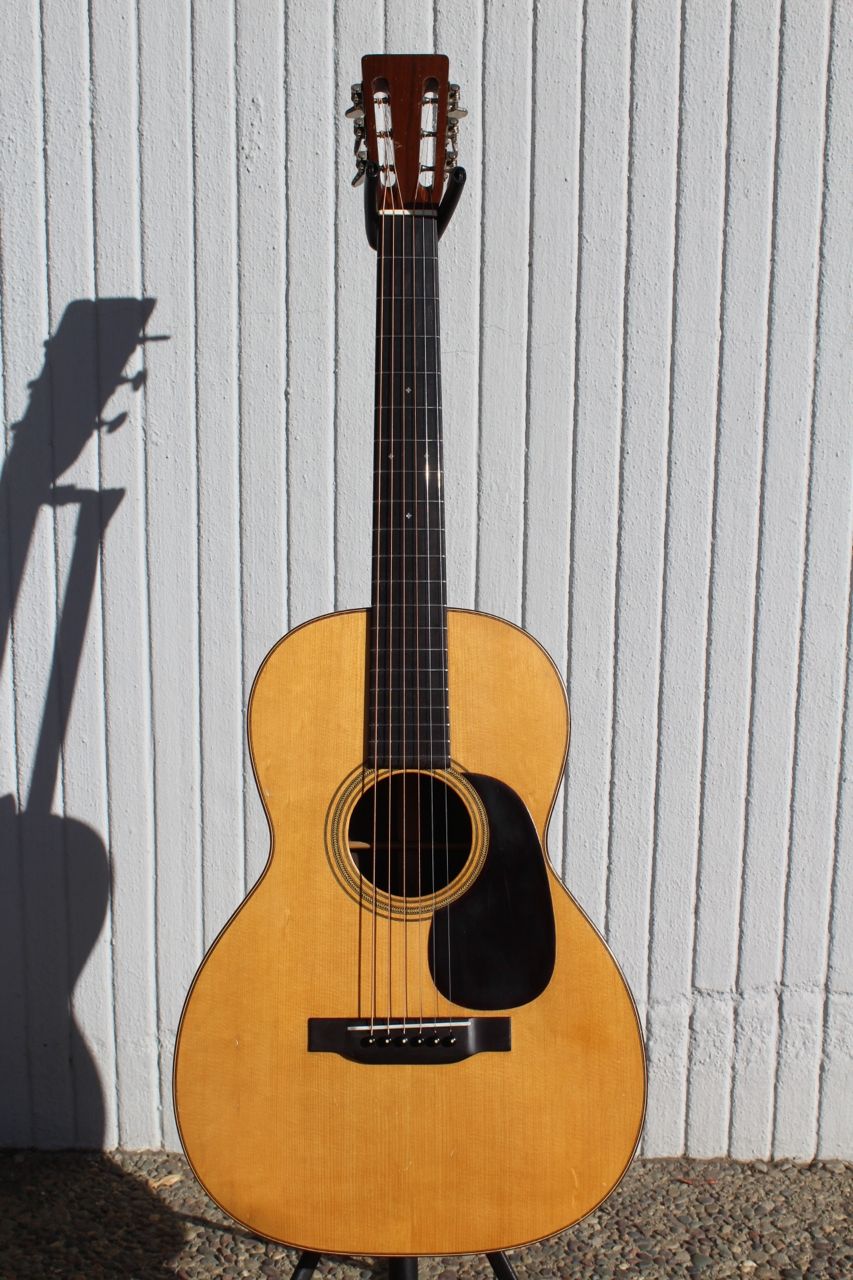
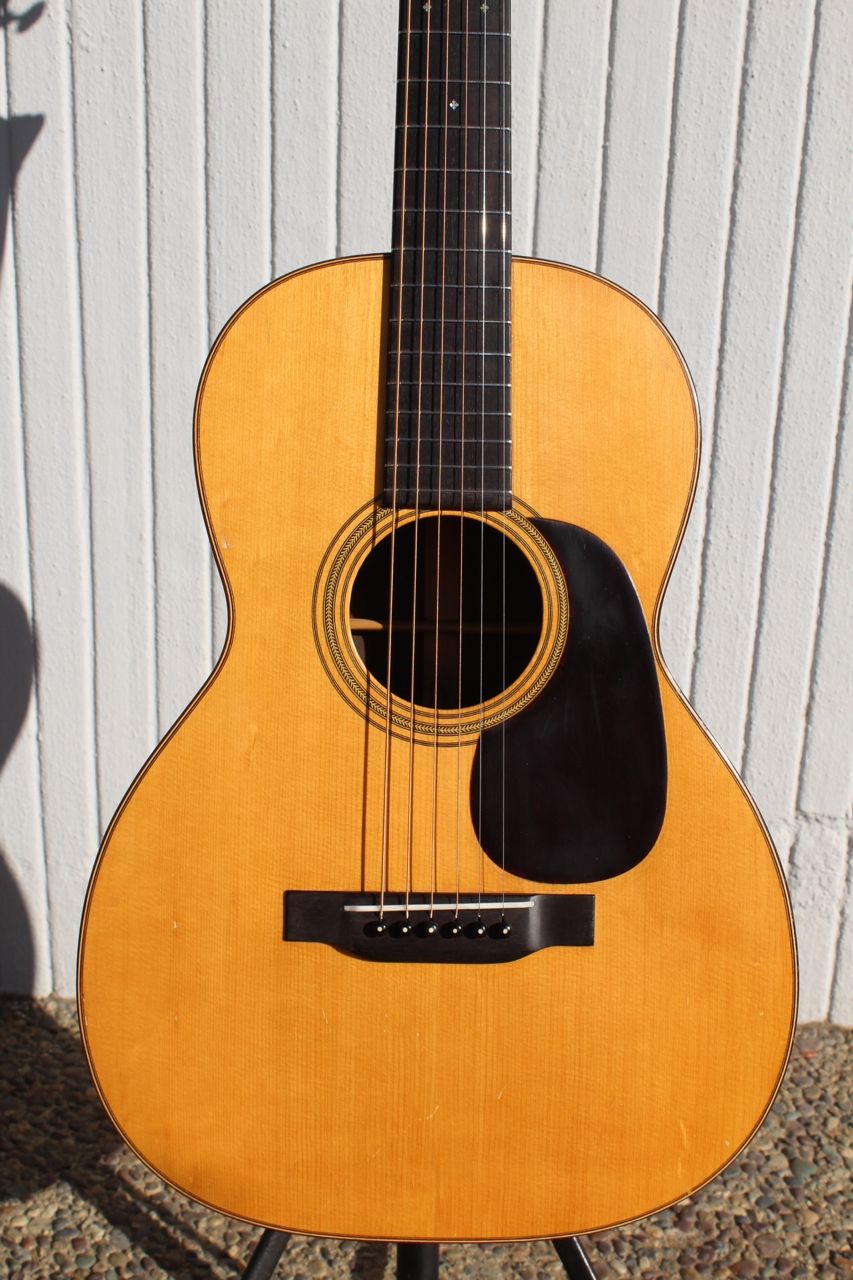
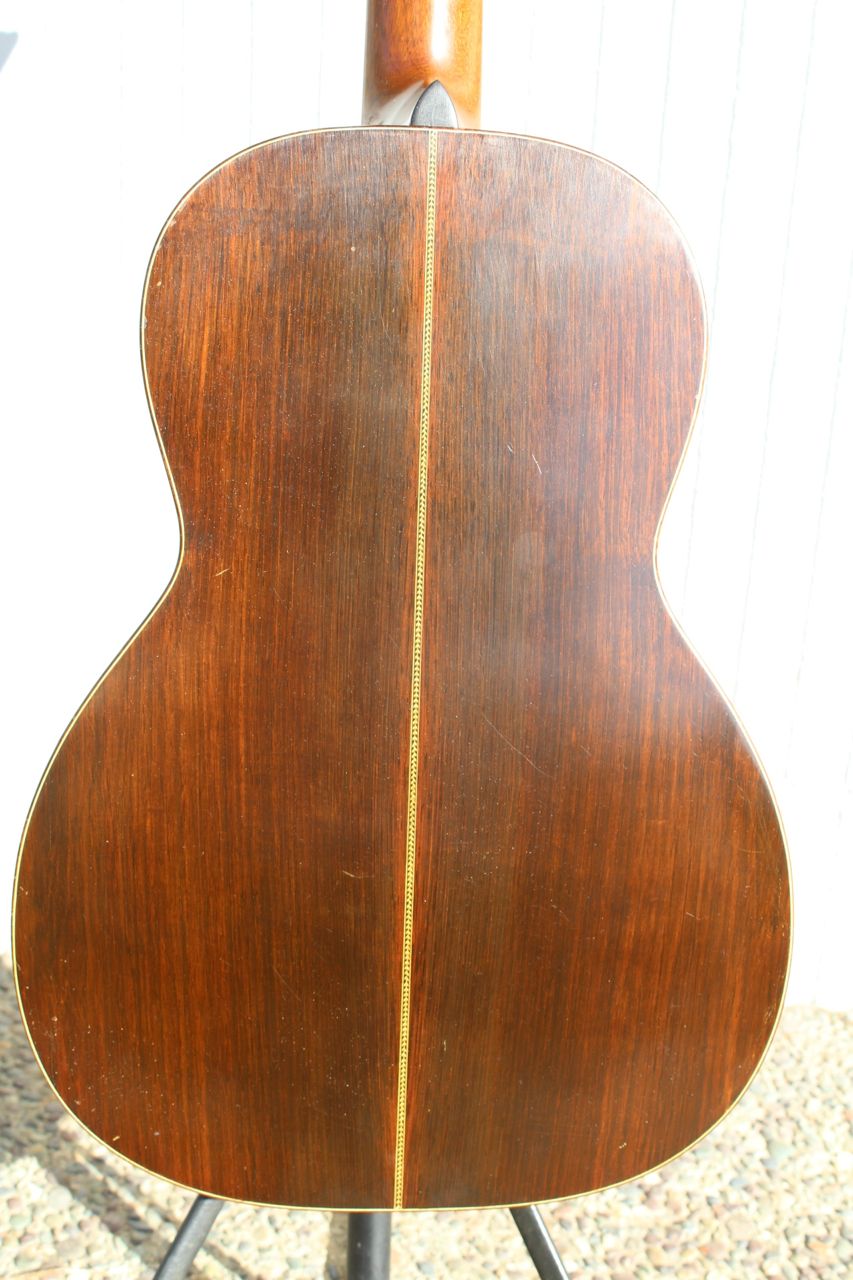
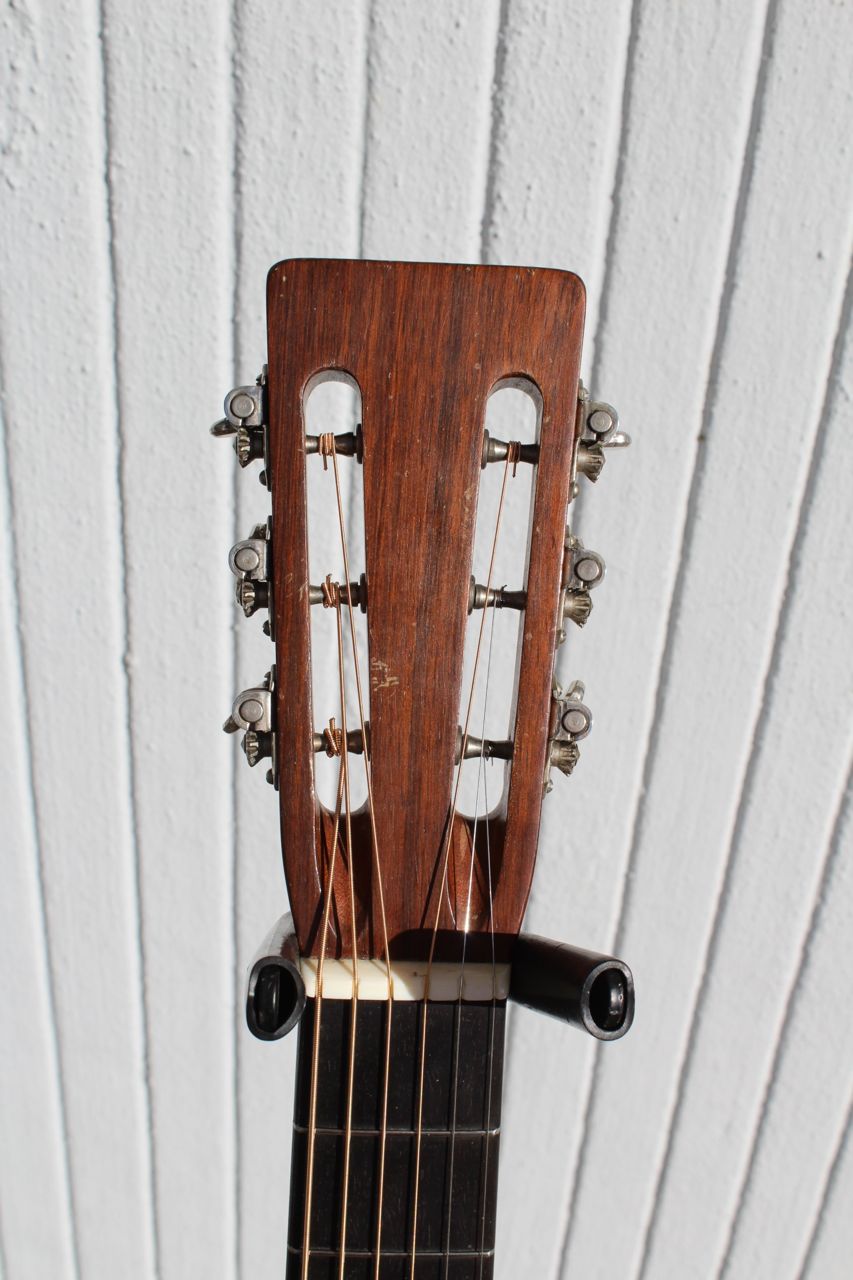
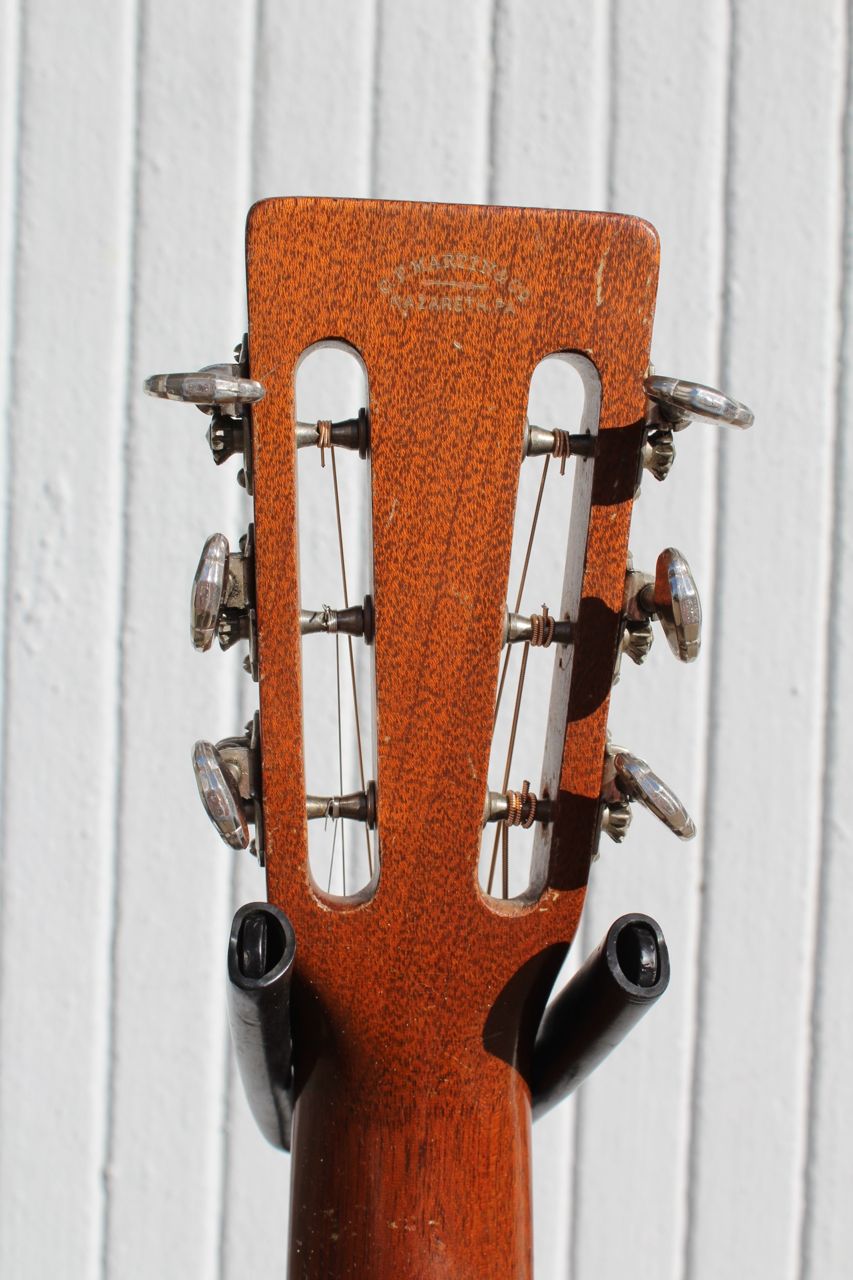
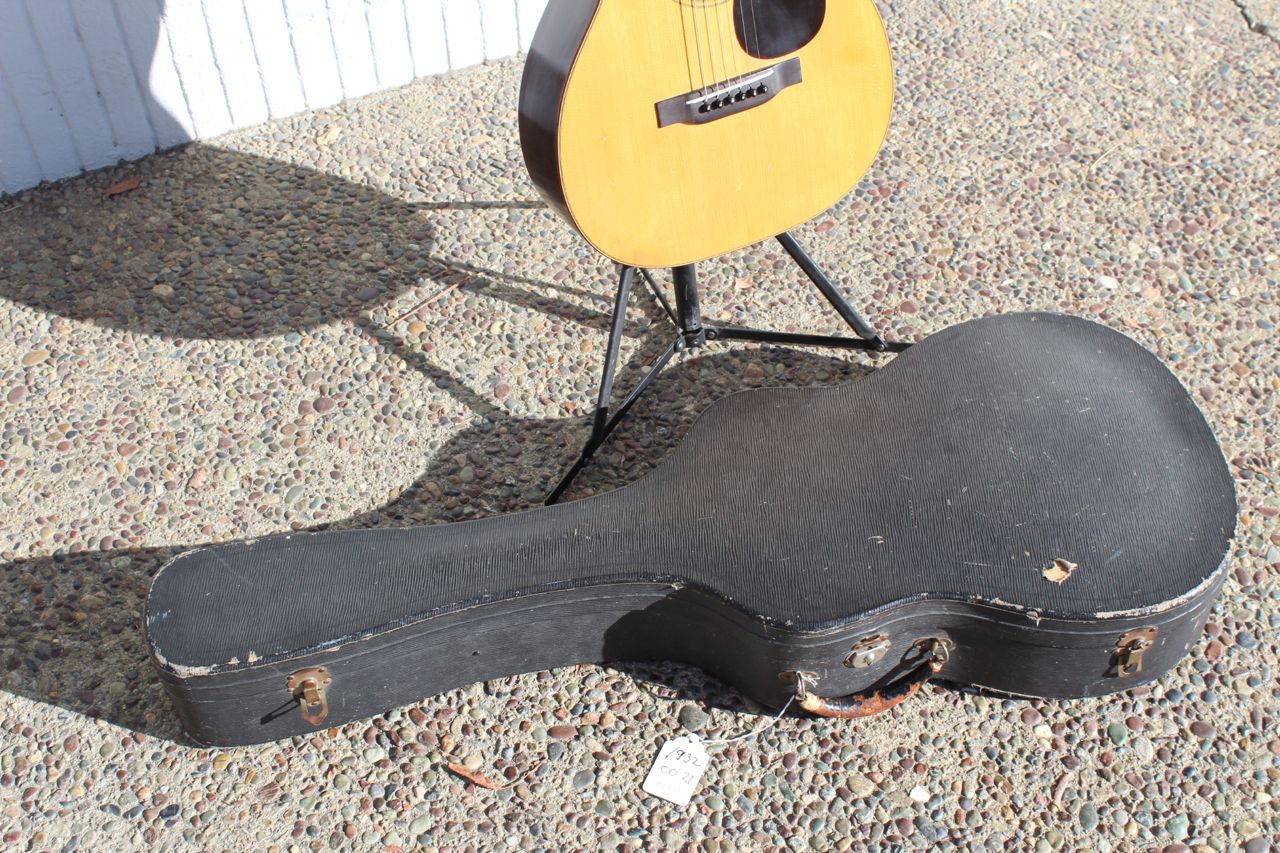
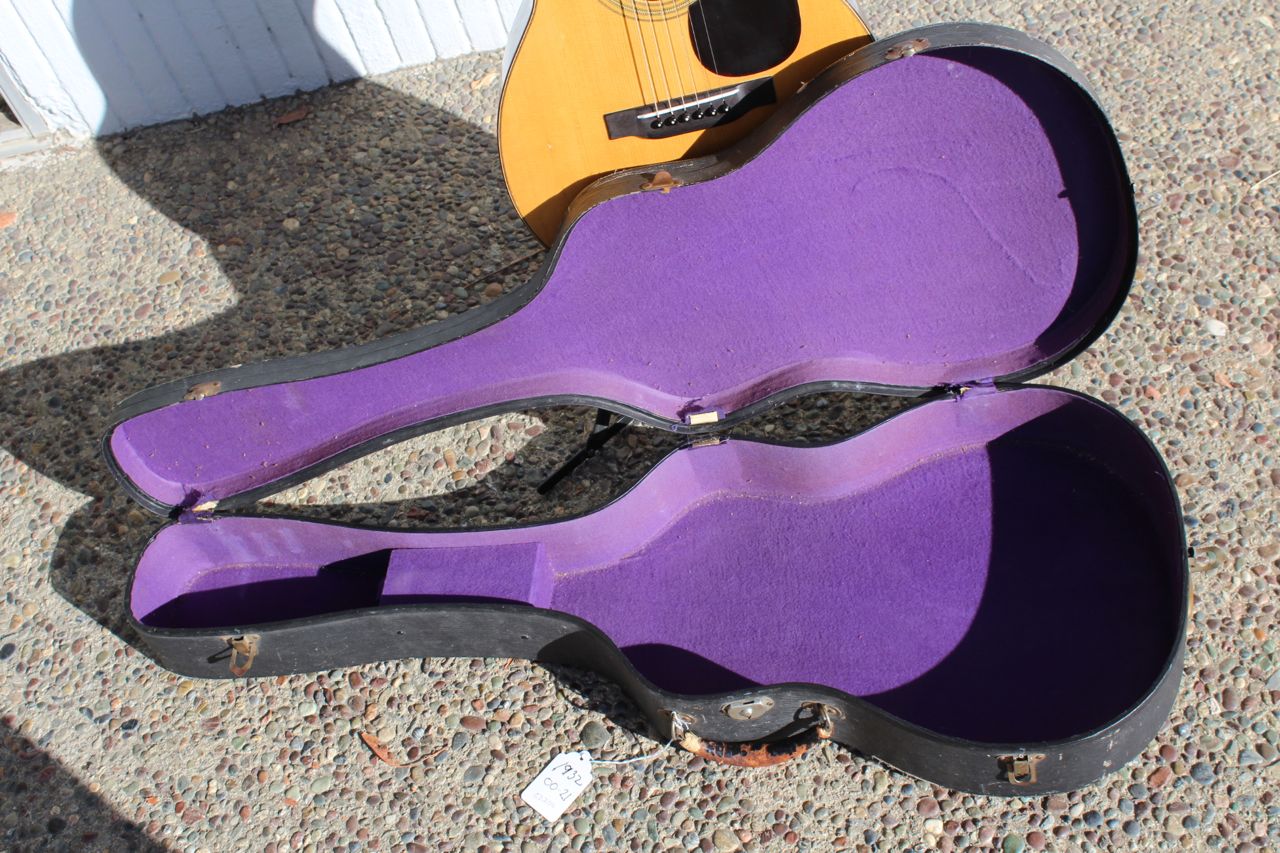

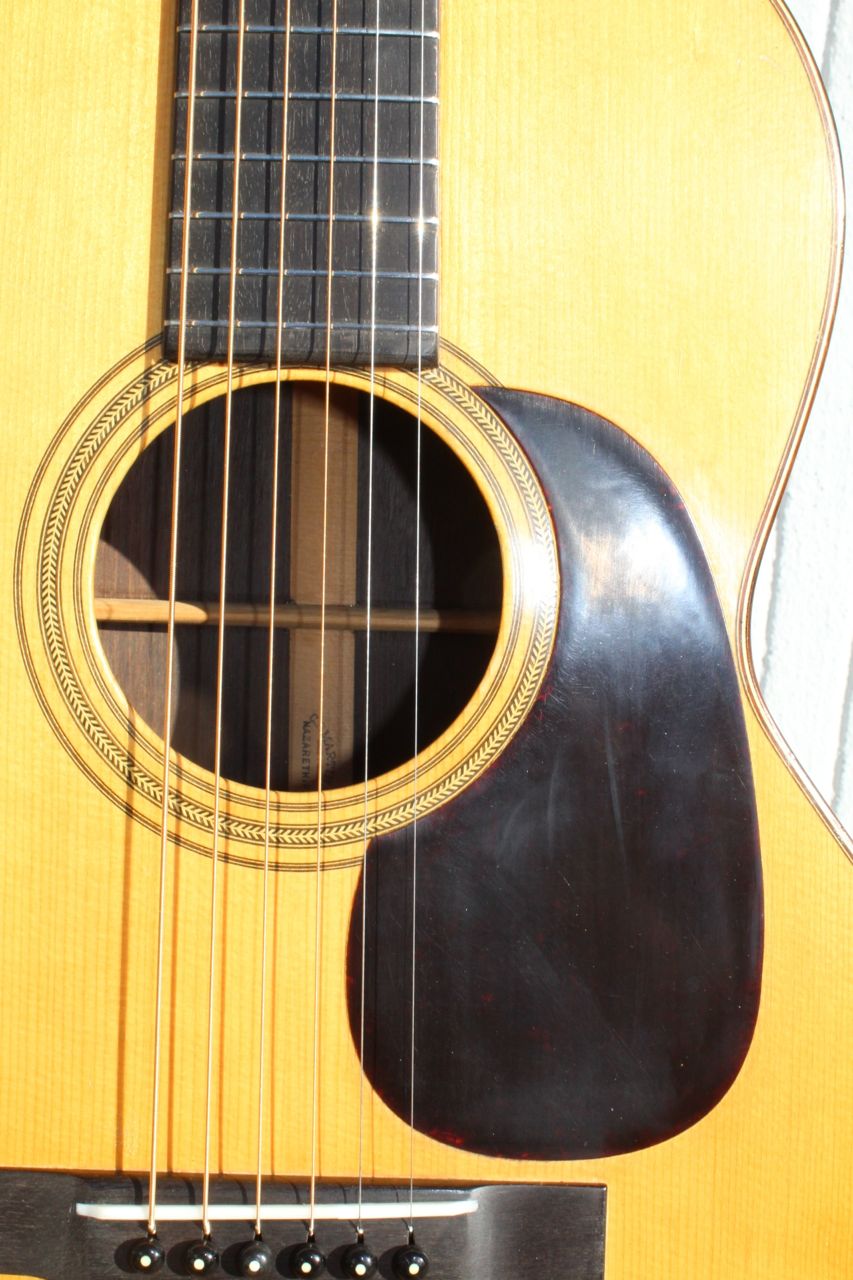
4 thoughts on “1932 Martin 00-21 Guitar, Serial Number 52200”
This is my guitar. If anyone has questions about it feel free to reach out.
Do you mean that you may be looking to sell your guitar? Although my website is not a selling site I don’t mind attaching a link so people can contact you directly.
Greig, Sorry for the ambiguity. The guitar is not for sale. Feel free to remove my original comment. And thanks for the good work on this website!
What a wonderful 00-21 from 1932. This must have been what we called when I worked in industry a “golden cow”. I sold well and supported other products that sold a lower volume and therefor it consistently generated income. Maybe that is one reason this model changed so little in the over 120 years of production. I happen to have a 1967 00-21 and am surprised at how little it is different from this guitar even though it was made over 25 years later. My 223602 is different only in the BRW finger board and the bridge, the tuners, and there is no harringbone decoration anywhere on my sample. But then it has the beautiful BRW back and sides and a short scale string of 24.9 inches. The string pins and pin at the bottom of the guitar are the same, white dot center on a black background. I now wonder if these guitars sound the same. I am used to a dreadnaught guitar and was brought up fingerpicking a D-18. When I first played the 00-21, I thought it was a little tinny. It did not have the booming base that my ears were accustomed to. When I played the blues, I wanted that base to emphasize a sad wallow. Like the sound of “Old Joe” as he was spirited away from my great grandparent’s Louistown warehouse in the middle of the night, having just been caught on the Underground Railroad in Pennsylvania by the southern runaway slave hunters. He called out with his deep voice “Goodby Mr and Mrs Beaver! “ as the buckboard spirited past the window.
Now I have played this 00-21 and somehow it has grown on me and my 1931 D-28 Authentic rests in its case. What happened? For some reason this 00-21 finger board is so easy to traverse. The shorter string length means it is easier to bend the notes. The sound is not so tinny (maybe the strings are working in?) and I can hear a balance of tone that my dreadnaught never had. Maybe I will need the punch of the dreadnaught when I return to the stage here at the Live Café in Daejeon South Korea. But that is not where we are with the virus raging. This is now my favorite guitar and I still find it hard to believe! Maybe others found out what I did and that is why it is still going strong 120 or more years later. Maybe that is why C.F. Martin decided not to change the 00-21 much from the original on the 1890s! Thanks for sharing your 00-21 with us. I find it a real inspiration!